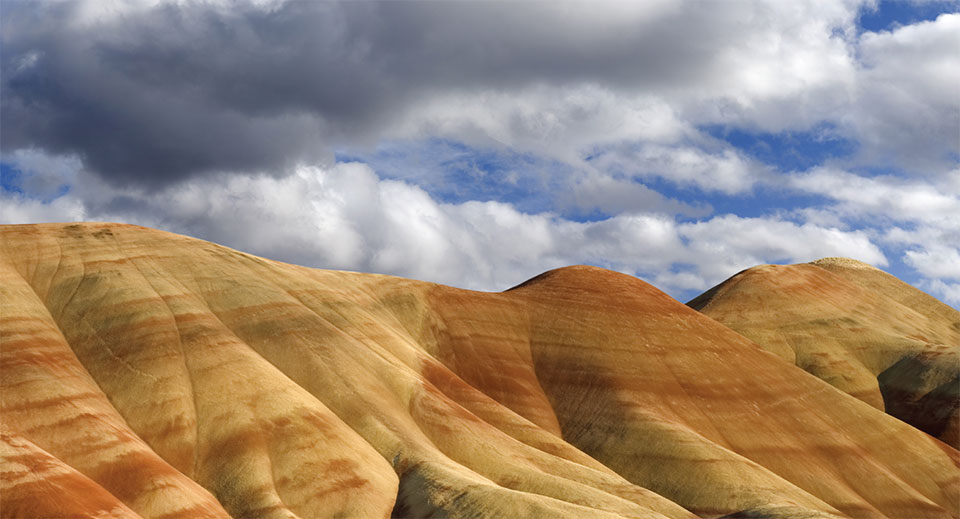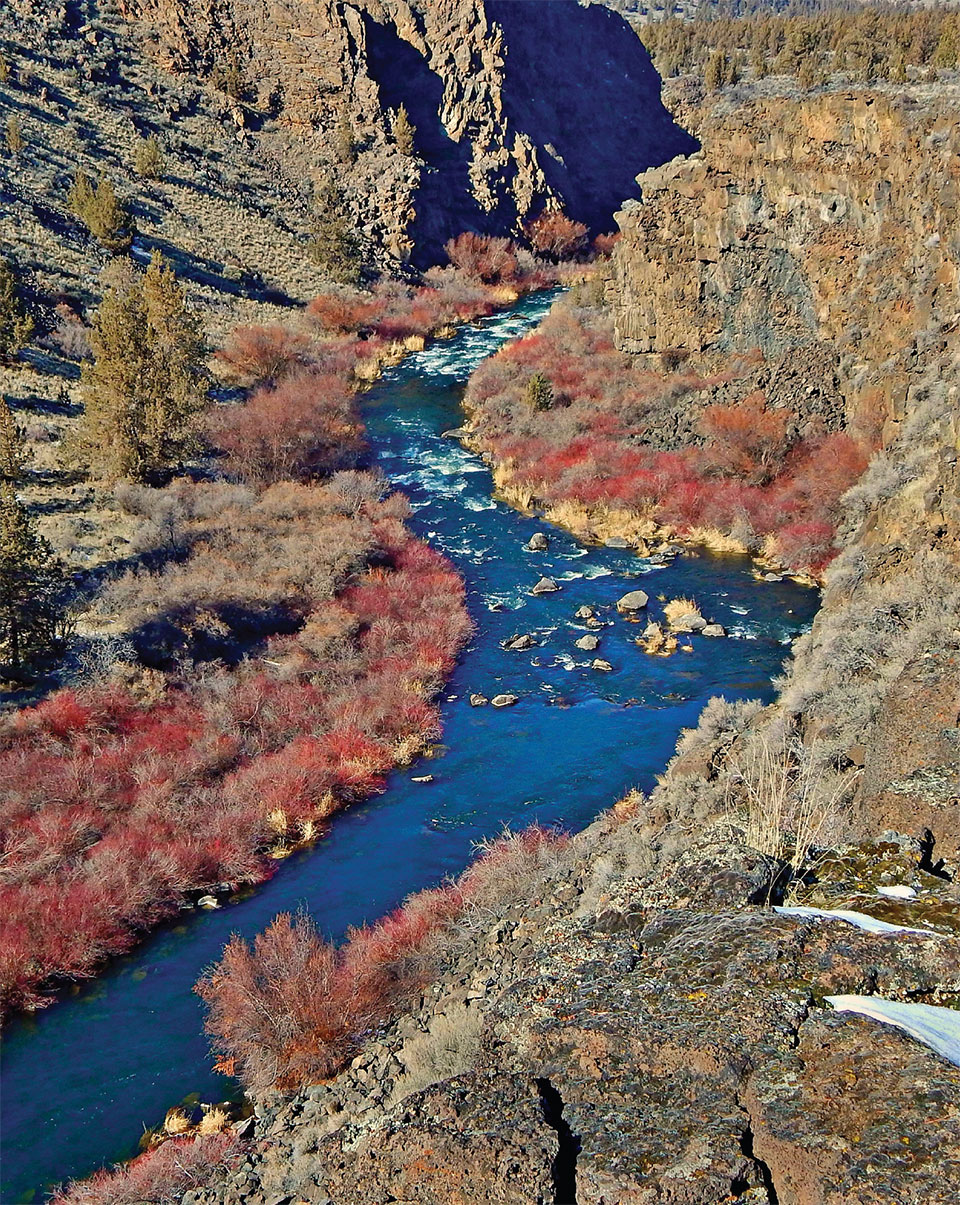Our Water, Our Home
by Cassidy Mantor
The Deschutes River Basin is Oregon’s second-largest watershed. The river flows north to its confluence with the Columbia River, traveling through high desert landscape and passing through Central Oregon’s most popular communities. While Bend has an arid climate, the activities that bring people to Central Oregon feel more alpine; hiking and mountain biking, paddling and boating, and skiing. Outdoor recreation in Bend relies on a certain amount of rainfall to keep water levels up and snow on the mountains, but drought is a fact of life in the high desert too.
At the time of writing this in the winter of 2024, most of Central Oregon is in a state of moderate drought according to the U.S. Drought Monitor. Approximately 100,000 people – more than 60% of the population in Deschutes County – are affected by drought. January through November 2023 was the 19th driest year in 129 years, with rainfall down 4.5” from the normal amount received. Developing best practices for water use is a major consideration in Central Oregon especially as drought continues to grow.
Approximately 100,000 people – more than 60% of the population in Deschutes County – are affected by drought. January through November 2023 was the 19th driest year in 129 years, with rainfall down 4.5” from the normal amount received.
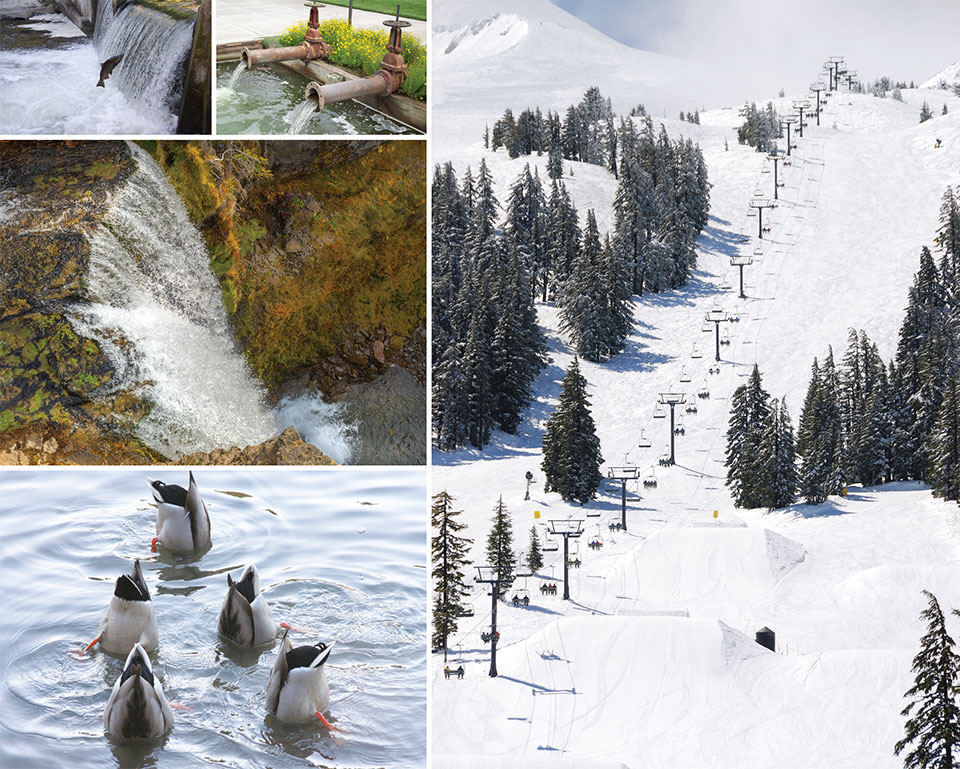
When the aquifer is full, then snowmelt flows into streams and translates into live flow – water that is actually available to irrigation districts. Scientists predict more extreme weather that will result in lower snowpack. Agriculture will be affected, not to mention there will be an increase in wildfires.
Where does our tap water come from?
Bend relies on two sources for drinking water. Bridge Creek, located 11 miles west of town, provides about half the clean drinking water to residents. In the summer months when demand is high, groundwater provides the other half. However, demand is so high that groundwater cannot supply the entire population. Lawmakers recently voted against giving water rights to the proposed Thornburgh Resort, and residents in Tumalo are all too familiar with irrigation curtailments. As more people relocate to Central Oregon, the increased population will place a higher burden on the region’s most valuable natural resource – water.
Although rural agriculture farms and ranches rely on surface water from streams and wetlands, private residents rely on groundwater. OPB reported that more than 1,100 new wells have been dug since 2020. Lawmakers have been hesitant to regulate private water in the same way as commercial or agricultural use. As groundwater becomes more expensive, residents are digging deeper wells. The number of wells that were deepened has doubled over the past 10 years and is indicative of a real water crisis.
Central Oregon’s groundwater comes from an aquifer that is replenished by snowfall in the Cascade Mountains every year, but according to the most recent USGS data, water levels have dropped 14 feet. The Deschutes River Conservancy (DRC) noted that despite higher-than-average snowpack in 2023, the ground is so dry that it’s soaking water up so there is no surface water. When the aquifer is full, then snowmelt flows into streams and translates into live flow – water that is actually available to irrigation districts. Scientists predict more extreme weather that will result in lower snowpack. Agriculture will be affected, not to mention there will be an increase in wildfires.
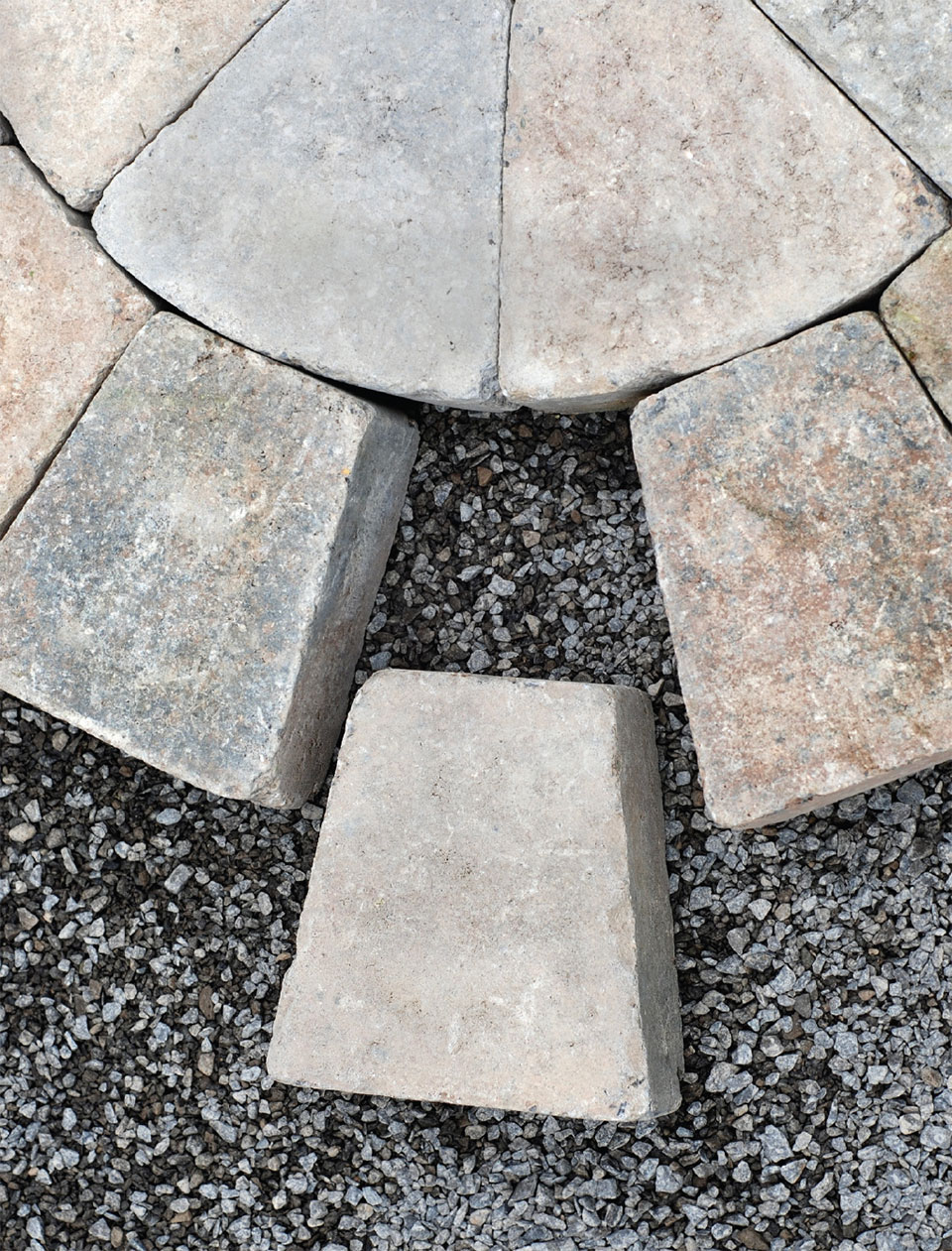
Pavers can divert rainwater and be laid to capture water and provide natural irrigation.
So why are we talking about water now? At the risk of sounding like an environmental Chicken Little, adopting widespread water conservation practices will help Bend save every last drop of water, something that will come in handy in dry years as well as ones with heavy snowfall – like last year. Conservation practices reduce costs of supplying water and prolong the life of the municipal water infrastructure. Using less water also reduces our impact on the environment and preserves resources for future generations who live, work, and play in and around Central Oregon.
Water has always been one of the most precious resources in the West. Now, as more people make Central Oregon home, WHJ is leading a discussion on responsible water use and conservation. You built your dream house here because you love it here. Now it’s time to understand how to take care of the place and what it takes to keep the dream alive.
What Can You Do?
Smart landscaping is one of the main changes that we all can make to support the environment. The Deschutes Water Alliance Water Bank launched a Ground Water Mitigation program that offers credits to mitigate water use. The DRC forecasts that groundwater use today is on track to use ½ to 1% of the total water available in the Deschutes Basin in the next 25 years. With the water bank mitigation effort, the DRC predicts it can restore twice that amount to the river and its tributaries.
With a significant portion of residential water being used for landscape irrigation, hardscaping is another responsible way to add visual interest and benefit the environment. Pavers can divert rainwater and be laid to capture water and provide natural irrigation. Renovating and remodeling with high-efficiency shower heads and appliances and evaluating sprinkler and irrigation systems are also ways to prioritize water conservation in the home.
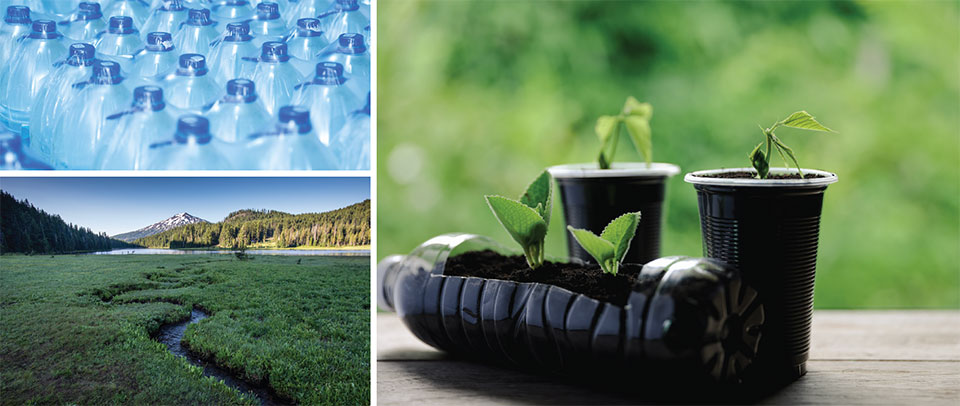
Small Changes Add Up
Planting differently, composting, and educating ourselves on water use will lead to becoming more responsible citizens.
We’ve become accustomed to switching single-use plastic for reusable water bottles. Opting for no straw or using a compostable one minimally affects our lives but has a positive impact on the greater environment. Planting differently, composting, and educating ourselves on water use will lead to becoming more responsible citizens. Water doesn’t just come from our taps. The sooner we shift our consciousness, the longer we will be able to enjoy the places we have come to love.
